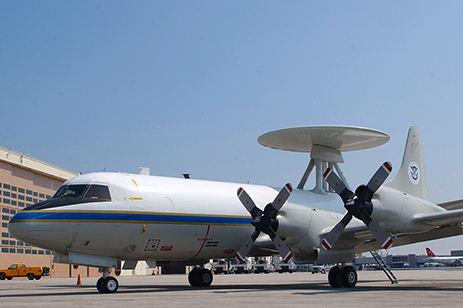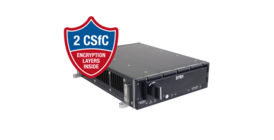
Challenge
Intelligence Surveillance and Reconnaissance (ISR) aircraft carry multiple mission and sensor networks in order to conduct both surface and maritime missions. These networks create a lot of data that must be securely stored and then removed for debriefings, requiring a rugged storage solution that can keep up with the incoming data and withstand challenging environmental conditions. Tasked with modernizing the systems aboard fixed-wing ISR aircraft, a leading C5ISR system integrator reached out to Curtiss-Wright in search of network-attached storage (NAS) server that would bring the aging fleet up to date.
The upgrades to the existing aircraft were essential to enhance capabilities and increase the aircraft’s effectiveness, and upgrading the data transfer and communications to a state-of-the-art system was essential to accomplishing that goal. The key criteria in their search was a system that could be modernized over the previously used storage, while greatly reducing the overall footprint and weight within the aircraft.
The data that was stored on the device would also need to be encrypted. The integrator previously had difficulty using storage devices that needed third-party encryptors to be integrated. This would often result in longer than expected timelines in the integration period and delayed deployment. Given that the schedule surrounding the platform upgrades was also relatively tight, as the fleet of aircraft needed to return to service, the system integrator needed a solution that would come as a package.
Another challenge that the integrator faced was the decentralization of all the networks running on the aircraft. This often meant that updating software on all the onboard mission and sensor systems required individual maintenance, which would prolong the time the aircraft were inoperable. In an effort to reduce ground time, the integrator was looking for a way to implement a remote boot of the network clients aboard the aircraft to reduce the software maintenance effort.
Download the case study to learn more.

